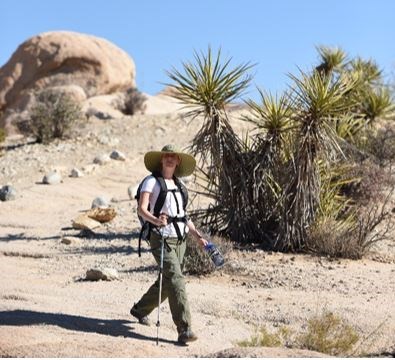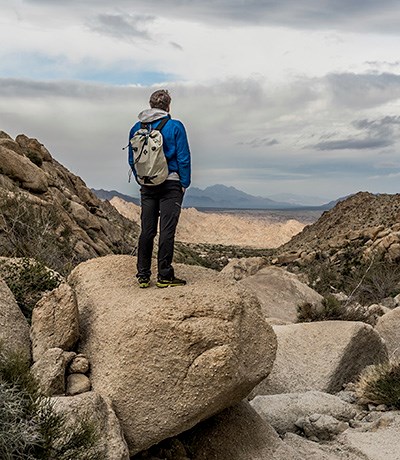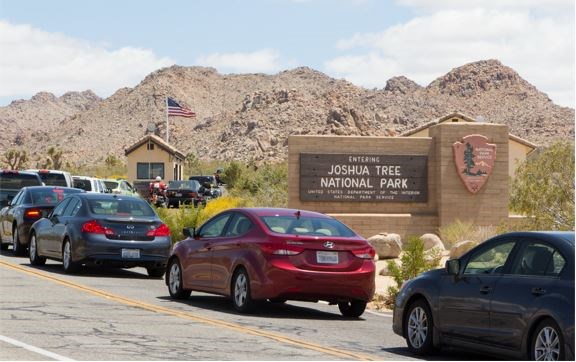|
Many people come to national parks seeking peace and quiet. Visitors enjoy replacing the sounds of modern civilization with the gentler sounds of nature. The cascading melody of a canyon wren singing. The soft crunch of hiking on sand. The rustling sound of a breeze blowing through palm trees. The faint babble of water at a spring-fed oasis. Natural soundscapes are composed of the collective sounds of nature. They are something that we value and try to protect from the intrusion of excessive human-generated noise. Natural soundscapes are valuable to our visitors, the wildlife, and the character of the park’s wilderness. We implement policy and work with community partners to protect natural soundscapes and invite visitors to help in this effort. 
NPS / Brad Sutton Connecting with Nature

Danner Bradshaw Animal Talk

Carmelina Boccella The Sound of Silence
Teamwork Makes the Dream Work
I Like Nature. How Can I Help?
NPS / Brad Sutton
Together, we can make a more enjoyable experience for all. Learn more about soundscapes in national parks.
|
Last updated: August 20, 2021
